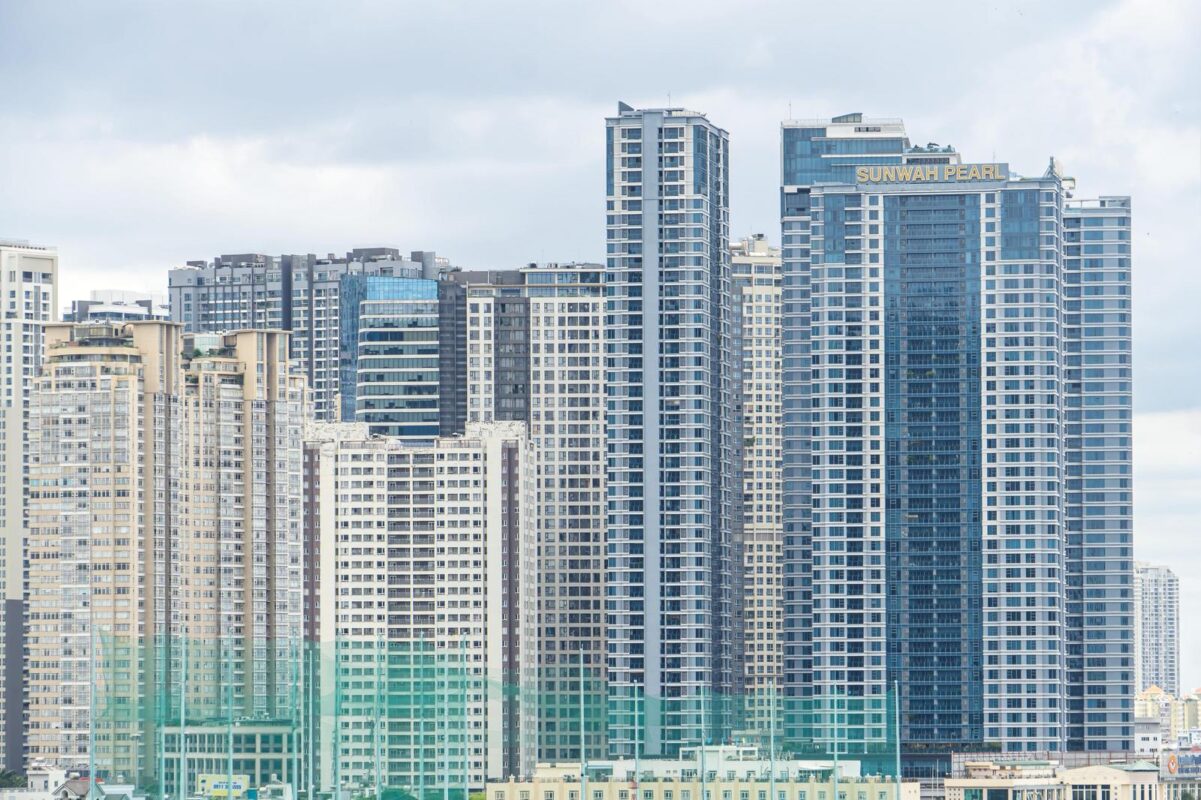
Blog
Why is Climate Change Happening? Causes and How We Can Help

Today, climate change is one of the most difficult problems to solve. We need to understand the causes or triggers of climate change. Some common contributors, such as energy generation and deforestation are widely recognized. However, do you know all of the causes? Or can you think of more examples?
Here, I would like to highlight some factors identified in recent data as worsening the climate. Let’s briefly touch on the causes!
First, let me show you the causes in the list below. These are the causes of climate change as reported by UN.
- Generating power
- Manufacturing goods
- Using transportation
- Cutting down forests
- Producing food
- Powering buildings
- Consuming too much
Can you think of all of them within a few seconds? Someone people might come up with seven or more causes, while others may think of only three? Moreover, can you imagine specific situations and how they contribute to global warming?
Even if you can’t right now, don’t worry! You can learn about them here, and soon you will be able to discuss it confidently!
Generating Power

Globally, total CO₂ emissions are increasing. In 2023, energy-related CO₂ emissions grew by 1.1%, according to the IEA’s analysis of the latest national energy data. The total emissions exceeded 35Gt (35,000,000,000 tons) of CO₂. That number is too big to imagine, right? In other words, it’s twice the amount emitted in 1975 and seven times more than in 1950.
At COP26, there was a strong commitment to strive to keep the global temperature rise within 1.5°C above pre-industrial levels. According to the report from IPCC, in order to limit global warming to 1.5 degrees, we need to decrease the amount of CO₂ emitted from power generation by 40%~70% by 2030.
Manufacturing Goods
For manufacturing goods, we need to consume energy, and in specific industries, a lot of CO₂ is emitted, such as cement production or steel production.
During COVID-19, by early April 2020, daily global CO2 emissions had fallen by 17% compared to the average levels of 2019, with almost half of this reduction linked to shifts in surface transport. During this peak period, individual countries experienced an average decline of 26% in their emissions.
However, the Global Carbon Project’s 2021 report highlighted that emissions from industrial activities rebounded strongly after the initial impacts of the COVID-19 pandemic.
Using Transportation

Private cars and vans were responsible for more than 25% of global oil use and around 10% of global energy-related CO2 emissions in 2022. Road transportation accounts for the majority, followed by aviation and maritime transport.
Cutting Down Forests
As you know, deforestation is one of the most famous environmental problems in the word. We learned about it again and again in our schools. But this problem can not be resolved yet. Each year approximately 12 million hectares of forest are destroyed. To put it in perspective, this area is roughly equivalent to the size of countries like Iceland or Guatemala.
In particular, in the area of Amazon rainforest, an area roughly the size of a football field is cleared every single minute, according to satellite data.
When combined with factors like agriculture and other land-use changes, deforestation is responsible for about a quarter of global greenhouse gas emissions.
Producing Food

How does food production contribute to climate change? The issues with food production include the use of fertilizers and pesticides, as well as inefficient practices like monocropping and excessive tillage, which degrade soil health, reduce its ability to sequester carbon, and increase reliance on chemical inputs.
Farming practices also release methane and nitrous oxide. Livestock, particularly cattle, are major sources of methane. Land is needed to grow crops, which contributes to deforestation as well.
Furthermore, food waste is another problem, forcing humans to produce more crops even when they are not needed.
Powering Buildings

Around the world, more than half of all electricity is consumed by residential and commercial buildings.
This is also where individuals contribute to climate change, because we use electricity every day, even now as you look at this screen.
Consuming Too Much
Consumption is also closely related to GHG emissions.
Interestingly, it has been reported that the wealthiest bear the greatest responsibility: the richest 1 % of the global population account for more greenhouse gas emissions than the poorest 50 %.
Overconsumption leads to more harmful production activities for the environment. Additionally, burning waste contribute to CO₂ emissions. On average, burning one ton of municipal solid waste produces approximately 1,000 to 1,200 kilograms (1 to 1.2 metric tons) of CO₂. In 2020, the global waste sector emitted an estimated 1.3 billion metric tons of CO₂ equivalent, which includes emissions from both landfilling and incineration.
What We Can Do?
Now that you understand the causes , we need to find ways to help stop climate change. Even if it’s a small step, we can do something or try to find solutions that help the environment.
Fortunately, both companies and individuals can take action. One approach is to offset emissions by purchasing carbon credits. While it’s often necessary to emit greenhouse gases during production, buying carbon credits allows us to balance those emissions. There are countless ways to contribute to environmental sustainability around us.
